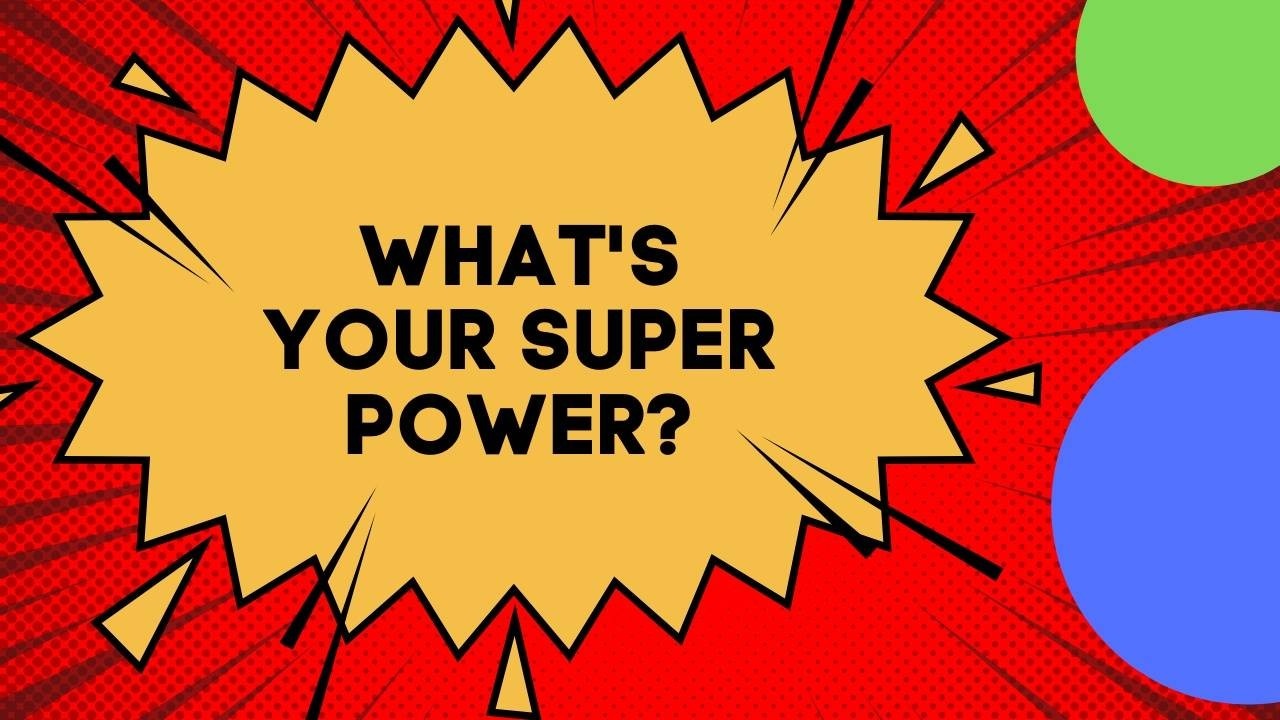|
1: Take it down to the basics
Remember, you are the expert of your own narrative, no one else.
Get into the weeds of the steps you took to accomplish "the thing" you want to put on the resume.
Assume your reader does not know industry jargon (unless it's key words in the job posting), nor the steps it takes to do what you've accomplished.
Pretend you are talking to me, someone who doesn't know anything about your work, and I want you to describe everything that it takes to do your job,
Sounds boring, but I promise once you have it down on paper and cross reference it to your job posting, you will see transferrable skills pop up all over the place.
Here's an example of a good resume starting point for a teacher transitioning into instructional design in the corporate world:
Utilized various lenses of teaching and development space when creating and designing curriculum with a focus on innovative technology use.
As a reader, my interested is piqued. Those words all sound important, but I what does innovative technology mean in this context?
So I asked - tell me more.
It turns out this instructor was absolutely passionate about designing courses using:
- ADDIE and Bloom's Learning Taxonomy
- She created 50+ demo videos herself and loaded them into the learning management software, she used canva to create infographics, etc.)
- She designed multiyear strategic curriculum to ensure continuity for her students
Damn - she is accomplished.
But her resume only represented a fraction of that.
We switched up her bullet to bring in more of those transferrable skills and added this sentence to her professional summary:
Adept at collaborating cross-functionally to deliver interactive and practical skill development across modalities (web-based, virtual, in-person, distance learning) and approaches (bite-sized videos, demos, webinars, infographics, project-based).
Step 2: Strengthen your accomplishment by tying to the job posting or company website
Do not cram in a bunch of keywords or copy/paste the job description.
Be strategic with what you include.
I recently wrote a resume for a different transitioning teacher & administrator.
In the job posting, the description referenced embodying the company's principle:
"Embody Guiding Principles for Supporting English Learners, meeting accessibility guidelines, and helping all learners achieve academic success."
What did I do?
I googled it.
I wanted to understand what the principles were - it felt important since it was referenced explicitly.
Then I asked my client if she had any experience with teaching ESL.
And boy howdy, was she not only experienced, it turns out she ran the district's English Learner Program.
I was able to find the company's guide for supporting English learners and grab some of the language for her resume.
We went from it not being on her resume at all, to this:
Managed the development and assessment of the English Learner Language program, supporting the creation of interactive learning experiences that promote multilingualism, cultivate meaning, foster interaction, and meet accessibility guidelines.
The orange is language pulled from the company website. As you can see there are no numbers to quantify impact, but it speaks directly to the values important to the company.
The 1st half the sentence tells me what she did (managing the development and assessment of a program) and how she did it (creating interactive learning experiences).
As a reader, I can discern she has subject matter expertise in teaching English (expected).
But I am delighted to learn she also:
- Can manage a program or portfolio
- Can translate policies into meaningful programs and actions
- Knows how to design assessments and use data
I also liked the phrase "achieve academic success" so I sprinkled that into her professional summary.
Subtle, yet impactful.
|

